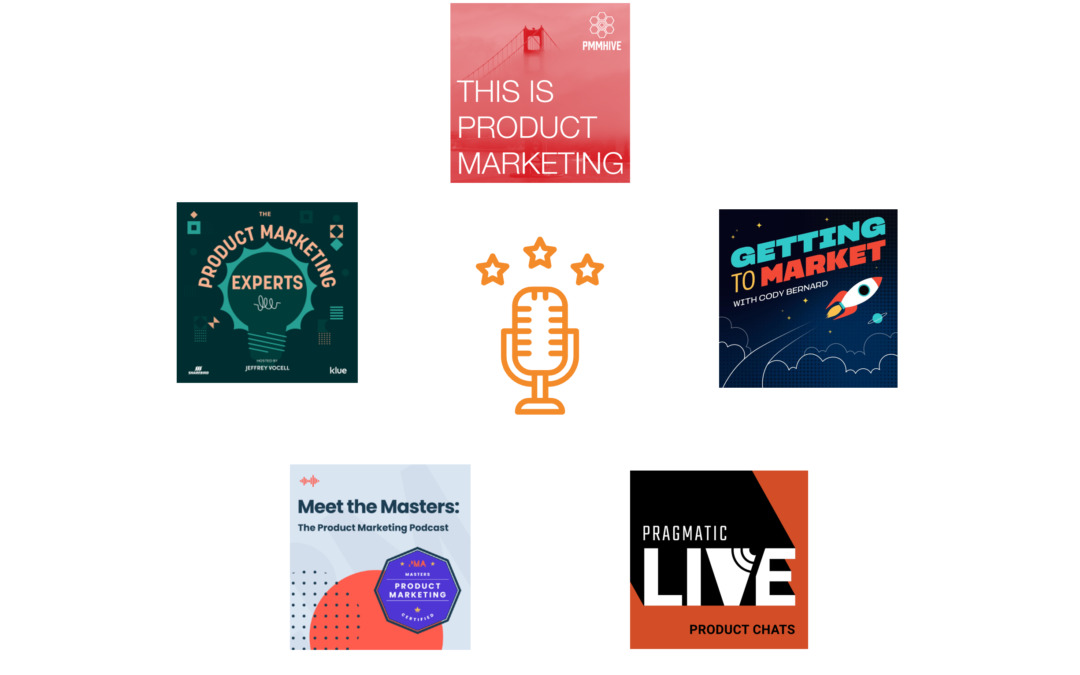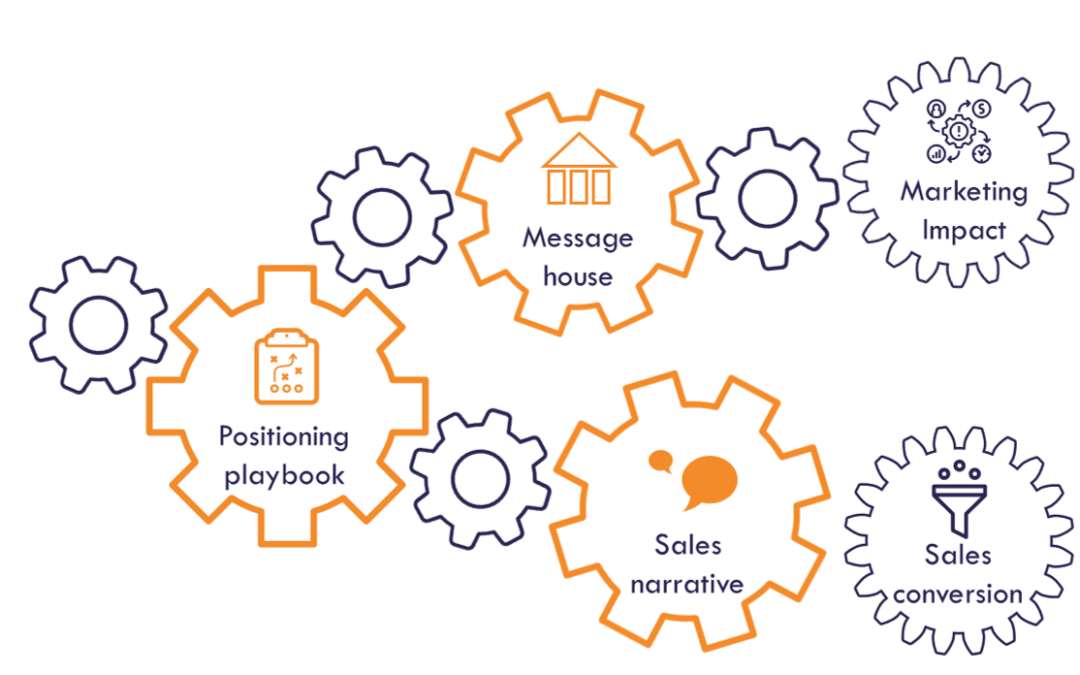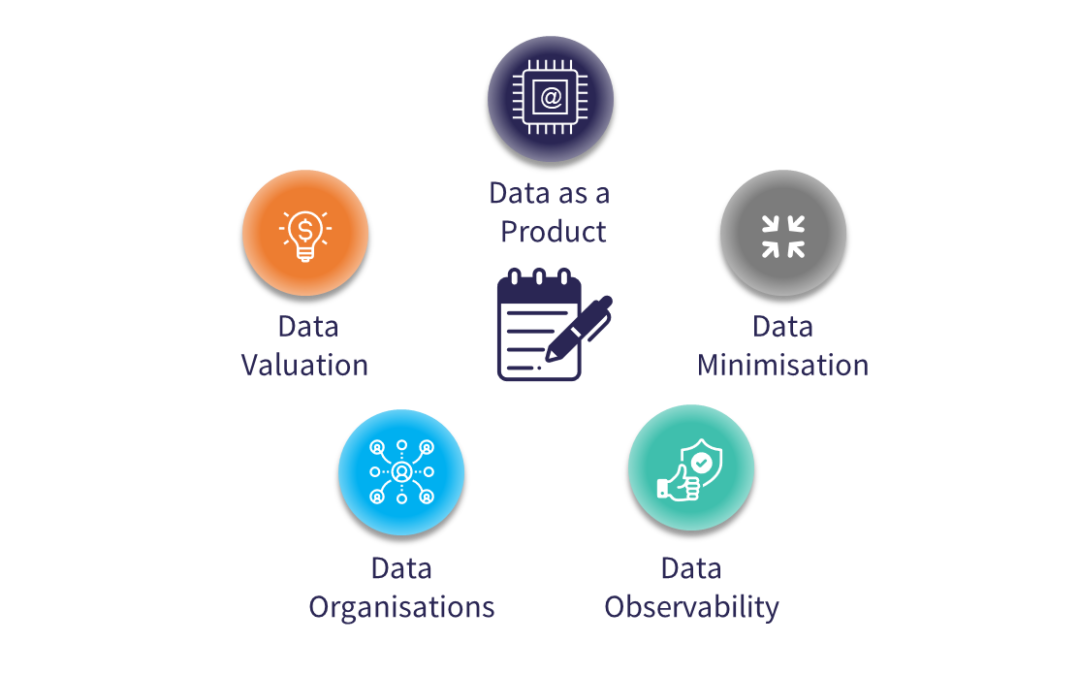The product has always played a fundamental role in the development of a company. In the digital age, its impact has increased with the phenomenon of productization, which is about transforming a company asset into a package that can be delivered and sold at scale, with a recurring income (by associating with the “as a service” principle), and potentially addressing a much wider audience than before.
Hence the growing importance of the product marketing function in the enterprise, not only for traditional or tech-related products, but across any product or service that a company can potentially monetize, and even for new digital assets such as data that a company can now share professionally.
But what is the anatomy of the product marketing manager, whose multifaceted role is increasingly sought after by tech and digital players? When demand is outstripping supply, how do you find the five-legged sheep, as used in a French idiom referring to an ideal profile to search for, even if you can’t find him in real life? Let us figure out what these five legs are made of.
An authentic storyteller
Storytelling gained its credentials in marketing in the 1990s. It aims at augmenting the classical argumentation based on logic (from a problem to its solution), with an emotional approach, to capture an audience’s attention with a story, then stimulating its desire for change, and finally convincing it with reasoned arguments.
But there is a significant difference between authentic stories and tall tales. If storytelling uses the levers of emotion to captivate interest and increase commitment, it goes adrift without reality and facts at its core. To create the framework of his story, the product marketer must discover in depth how his product can change the life of its consumer, driven by a differentiating vision of the company that produces it. The message must draw on a credible and personalized story, which requires an in-depth knowledge of the target audience and the triggers and disruptors that can drive behavior change.
Once this foundation has been laid, the product marketer creates the message, defines the positioning, lays the story foundations, and creates the associated content. But it doesn’t stop here because storytelling isn’t a one-man show. He must empower a large audience, within the company (the teams that are in contact with customers and prospects) or beyond (partners, influencers, and the customers themselves) to get into the story and become storytellers by themselves. To achieve this, the product marketer can rely on methodologies and tools such as sales challenger choreography.
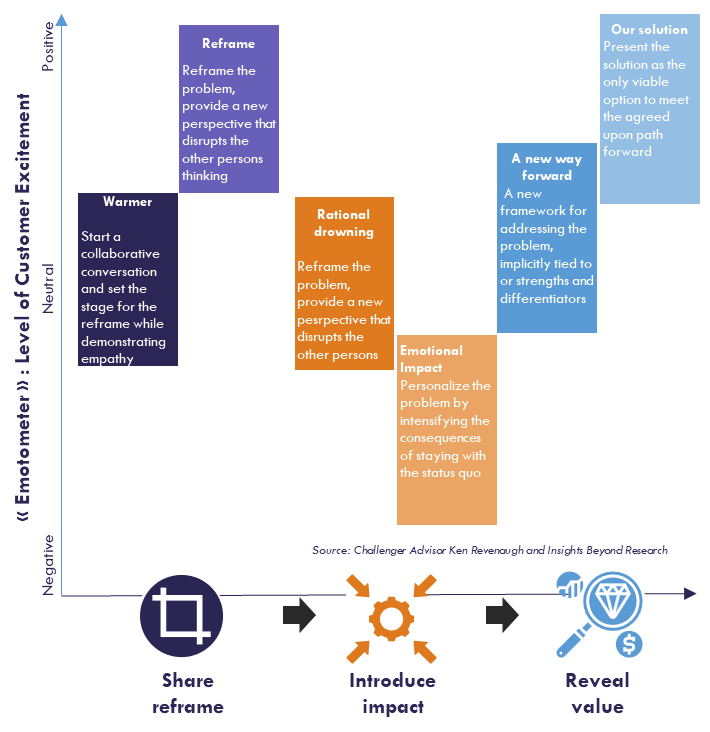
A musical conductor
Product marketing is a cross-functional role, at the crossroads of product, marketing, sales, service, and customer success teams. Although he plays a musician role while creating the resources needed to bring a product to market, he should become an orchestra conductor for projects that require the mobilization of various activities and skills. A new product launch is a typical example that requires this know-how, as it is a business project where all the stakeholders must work in harmony, and with the right tempo.
Mobilizing a multidisciplinary team for a product launch, often for several weeks, and anticipating any unforeseen events, is an essential skill for the product marketing manager, regardless of the size of the company. The need for coordination also happens for other critical marketing activities. This includes creating and supporting integrated campaigns that the field and digital marketing teams will be able to roll out in their territories or areas of activity. Another example is managing the agenda for large-scale events, requiring the involvement of multiple profiles within the company, as well as external participants such as customers, analysts, or partners.

A geek, that deep dives into products and explores their use cases
The product marketer must be a geek, passionate about “his” products, even if he might not be expected to show them to the outside world, but rather focused on the markets, the customers, and prospects and how to reach them. But the hidden face of the iceberg mandates mastering the products, in-depth. For that reason, some product marketers (like me) were subject matter experts before they became marketers. For others, it is crucial to spend time learning about the product, learning how to use it and how customers will while remaining lucid about its strengths, weaknesses, and potential evolutions.
Keeping that in mind is essential because it’s tempting to consider that product knowledge is the technicians’ job, while the product marketer has so many other things to do. But without in-depth knowledge of the product, how could you understand and promote its uses and benefits? In addition, limiting oneself to superficial knowledge is deeply detrimental to building trust and healthy collaborations between product management and product marketing.
This collaboration is a key success factor. The differences between the roles of product marketing and product management are often misunderstood from the outside, and the lack of alignment between these two players can quickly become a source of conflict and dysfunction.

Beyond his geeky side, curiosity and learning appetite are essential. A product must also be curious and actively listen to its environment, including its customers of course, but also its markets and competitors.
A detective who explores markets, competition, and customer engagement
A product marketer is a detective who constantly investigates markets, competition, and customer engagement.
According to the Product Marketing Alliance, market and customer analysis are among the five main responsibilities of the product marketer and are applicable for almost three-quarters of them. While the impact might be inherently less visible and spectacular than other responsibilities such as product launch or positioning/messaging, it is critical and fleshes out the strategic dimension of the role.
This activity has also grown significantly with the advent of digital and data-driven approaches that allow to precisely sense the market through systematic data capture and respond through measurable marketing actions with feedback, allowing for a trial-and-error learning model. Traditionally, market intelligence was considered in an ad-hoc and reactive mode, at certain steps within the go-to-market cycle. Now, it has become more systematic, as a foundation for product marketing in the digital age, and more professional with the rise of modern tools dedicated to the collection and analysis of information based on real-world evidence rather than surveys and statements of intent.

Developing knowledge about the market, competition, product usage, or customer and user behavior is relevant across every business domain, and also requires their involvement when they are the source of the data. The product marketer must therefore play the role of catalyst, facilitating the collection and integration of qualitative and quantitative information, as well as its sharing and analysis.
A planner who sets the pace for product go-to-markets
Go-to-markets are at the intersection of marketing and product. A product marketer should guide the go-to-market strategy and then work closely with marketing and sales on its execution. After defining the “why” and the “why now” and breaking the problem down into subtopics that will drive a set of distinct campaigns, the product marketer deeply collaborates with the marketing and communication teams, to organize and operate the “what” and “how”.
This kind of planning approach is what makes the difference between a very tactical product marketing activity, operating as a support team for other activities, from a much more ambitious and impactful approach to product marketing that serves business development around the product and its markets. This explains why, in companies that are in their launch phase, the product marketing manager is often the first marketing representative onboard. In more mature phases, the responsibility for go-to-markets is shared with marketing, with the regions, or might even be assigned to dedicated teams that are fully focused on business development and growth. But regardless of the organization, product marketing must maintain a key role upstream of go-to-market plans and throughout their execution. At a certain level of maturity, product marketing often specializes in regional or vertical markets, in customer segments or distribution channels, which may require a specific skill set for product marketers.
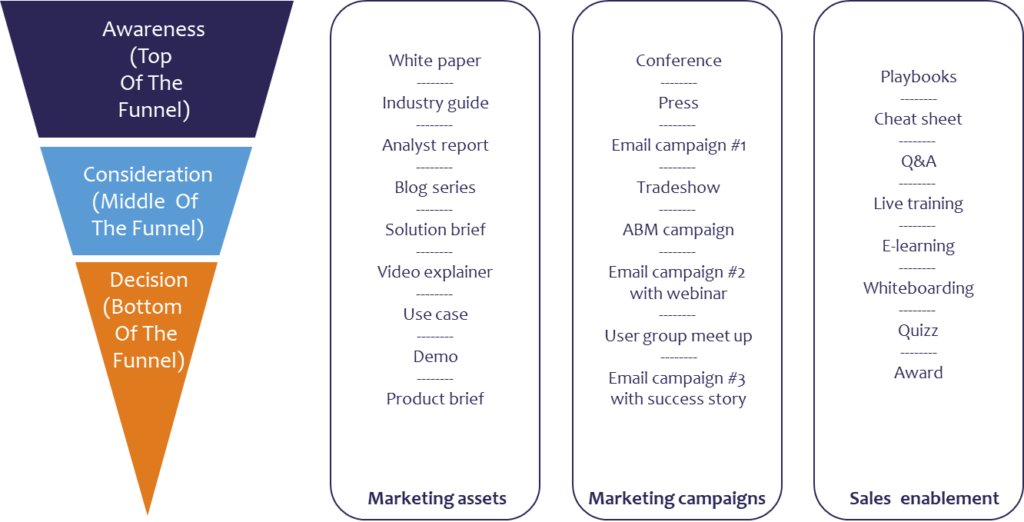
Are you ready to ramp up or transform your product marketing?
Whether you are looking for a talented profile or considering product marketing as a direction for your own career, you will have to assess the skills of a product manager. There are relatively few on the market, especially in Europe, and therefore hard to find: the Product Marketing Alliance, which has more than 10,000 members, estimates that there are more than 100,000 product marketers worldwide. But the good news is that product marketing is a common internal career path, typically for experts from technical sales or services, from marketing, or even, although less frequently, from the product team.
The “five legs” described in this blog are all essential to the role, even if their respective development cycle is not necessarily synchronized. They combine mandatory hard skills: for example, the geek side, beyond curiosity, might require deep technical skills for certain product categories or customer segments, while the storyteller role requires natural writing and speaking fluency. In his cross-functional role with ever-changing boundaries, the product marketing manager must be a team player, with an appetite to contribute as a leader or as a performer, depending on context and activity types. He/she must master active listening, but also conflict management especially when the “who does what” is not established. Knowing how to move from strategy to execution is an essential skill, which will help to drive the product marketing function away from being only a support function, or conversely from being diverted from its operational mandates.


